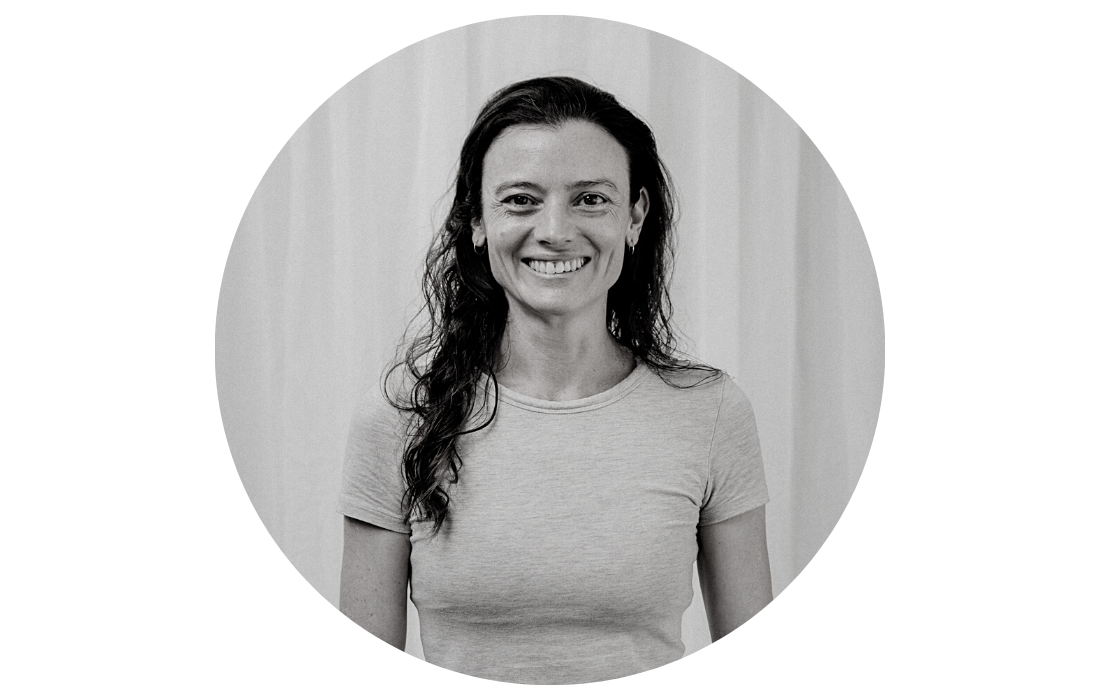Osteoarthritis of the Hip Physiotherapy Brisbane southside.
What is Osteoarthritis of the Hip?
Osteoarthritis (OA) is a degenerative joint disease characterised by the breakdown and eventual loss of cartilage in the joints. In the hip, this cartilage covers the femoral head (the ball part of the joint) and lines the acetabulum (the socket part of the joint), allowing the bones to glide smoothly against each other. When this cartilage wears down, it causes pain and affects joint function.
What causes Osteoarthritis of the Hip?
What are the symptoms of Osteoarthritis of the Hip?
How is Osteoarthritis of the Hip diagnosed?
What is the prognosis for Osteoarthritis of the Hip?
The progression of hip osteoarthritis varies from person to person. It can remain mild or progress to the point where surgery is required. With appropriate management, many people with hip OA can maintain a good quality of life.
How can physiotherapy help with Osteoarthritis of the Hip?
Physiotherapy is an essential component in the management of osteoarthritis (OA) of the hip. It can be quite effective in alleviating symptoms, improving joint function, and enhancing the quality of life for individuals with this condition.
If you or a loved one has questions about Osteoarthritis of the Hip and how our physiotherapists might be able to help please call us on 07 3706 3407 or email [email protected]. We would love to work with you!
Osteoarthritis (OA) is a degenerative joint disease characterised by the breakdown and eventual loss of cartilage in the joints. In the hip, this cartilage covers the femoral head (the ball part of the joint) and lines the acetabulum (the socket part of the joint), allowing the bones to glide smoothly against each other. When this cartilage wears down, it causes pain and affects joint function.
What causes Osteoarthritis of the Hip?
- Age: The risk increases with age, most commonly affecting people in middle age and beyond.
- Gender: Women are more likely to develop OA than men, especially after age 50.
- Obesity: Extra body weight puts additional stress on the hip joints.
- Genetics: A family history of osteoarthritis can increase one's risk.
- Hip Injuries: Previous injuries to the hip can lead to OA in the future.
- Bone Deformities: Some individuals are born with malformed joints or defective cartilage.
- Overuse: Repetitive stress on the hip joint can hasten the breakdown of cartilage.
What are the symptoms of Osteoarthritis of the Hip?
- Pain: Often felt in the groin area or front of the thigh, less frequently on the outside of the hip.
- Stiffness: A common symptom, especially after periods of rest or in the morning.
- Reduced Range of Motion: Difficulty in movements that involve the hip joint.
- Crepitus: A grinding noise or feeling when the hip is moved.
- Swelling: Inflammation in and around the hip joint.
How is Osteoarthritis of the Hip diagnosed?
- Physical Examination: To assess pain, tenderness, swelling, and range of motion in the hip.
- Imaging Tests:
- X-rays: Can show bone spurs around a joint and narrowing of the space between the bones, indicating a loss of cartilage.
- MRI: Provides detailed images of bone and soft tissues, including cartilage.
What is the prognosis for Osteoarthritis of the Hip?
The progression of hip osteoarthritis varies from person to person. It can remain mild or progress to the point where surgery is required. With appropriate management, many people with hip OA can maintain a good quality of life.
How can physiotherapy help with Osteoarthritis of the Hip?
Physiotherapy is an essential component in the management of osteoarthritis (OA) of the hip. It can be quite effective in alleviating symptoms, improving joint function, and enhancing the quality of life for individuals with this condition.
- Pain Management: Physiotherapists use various techniques to help manage the pain associated with hip OA, including:
- Manual Therapy: Hands-on techniques that may include gentle joint movements, soft tissue massage, and stretches to improve joint flexibility and decrease pain.
- Therapeutic Exercises: Targeted exercises to strengthen the muscles around the hip, which can help stabilise the joint and reduce pain.
- Electrotherapy: Modalities like TENS (transcutaneous electrical nerve stimulation) may provide temporary pain relief.
- Improving Range of Motion: Osteoarthritis can lead to a reduced range of motion in the hip. Physiotherapy exercises aimed at increasing joint mobility can help improve movement and function.
- Strengthening Surrounding Muscles: Strong muscles can help support and stabilise a joint that has been weakened by osteoarthritis. Physiotherapists can develop a personalised exercise program that focuses on strengthening the hip and core muscles.
- Enhancing Joint Proprioception: Proprioception is the body's ability to perceive its own position in space. Physiotherapy can include balance and coordination exercises that help improve proprioception, which may be diminished in people with hip OA.
- Educating on Activity Modification: Physiotherapists can teach strategies for performing daily activities in ways that minimise hip stress and pain, such as using assistive devices like a cane or walker.
- Gait Training: If hip OA affects the way you walk, physiotherapy can include gait re-education to help you walk more efficiently and with less discomfort.
- Weight Management: Because excess weight can increase the strain on the hip joint, physiotherapists can advise on exercise programs that are conducive to weight loss or management.
- Designing an Individualised Exercise Program: A tailored exercise program that takes into account your fitness level, capabilities, and specific OA symptoms can be developed. This might include a combination of:
- Aerobic Conditioning: Low-impact activities like swimming or cycling to improve cardiovascular health without exacerbating hip pain.
- Flexibility Exercises: Stretching exercises to maintain joint and muscle flexibility.
- Strengthening Exercises: Targeted exercises for muscles that support the hip joint, including the glutes, quadriceps, and hamstrings
- Application of Heat and Cold: Your physiotherapist may also guide you on how to properly use heat to relax muscles and improve lubrication in the joint, or cold to reduce inflammation and numb sore areas.
- Implementing a Home Exercise Program: Part of physiotherapy involves teaching you exercises and strategies that you can continue to use at home to help manage your condition and prevent further deterioration.
- Regular Re-assessment: The physiotherapist can regularly assess your hip's function and the effectiveness of your management strategy, making necessary adjustments to your treatment plan.
If you or a loved one has questions about Osteoarthritis of the Hip and how our physiotherapists might be able to help please call us on 07 3706 3407 or email [email protected]. We would love to work with you!
Who to book in with:
Yulia Khasyanova
|
Emma Cameron
|
Monica Hanna
|



